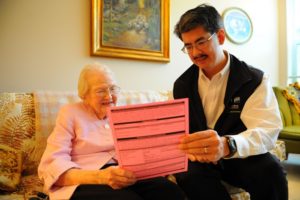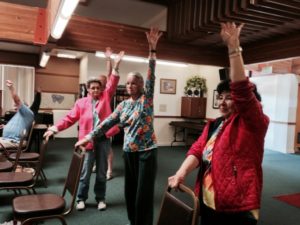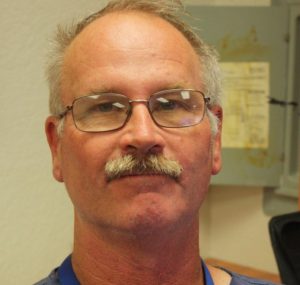by Matilda Charles
There’s a movement afoot that, if it gains traction and becomes law, could affect many of us. Researchers have once again studied the ramifications of increasing the age of Medicare eligibility to 67. The purpose, of course, would be to save the government money.
Here are a few of the things the study discovered from the records of more than 200,000 seniors:
Overall medical spending dropped by a third when seniors switched to Medicare because the government pays providers less than private insurers.
While the government will save money, actual health-care spending will go up. A previous 2011 study concluded that while the government would save $5.7 billion (in 2014), seniors age 65 and 66 would have increased costs out of pocket of $4.5 billion. The current study agrees.
A Congressional Budget Office looked at the potential government savings in 2013, and concluded that the government could save $19 billion between 2016 and 2023.
Seniors generally would stay with the same health-care providers, who will get less money for the same services, probably 30 percent less. Those providers will continue to see existing patients because they’ll be dealing with volume in the number of patients.
So what does this mean to us? Seniors would need to spend two more years on private insurance. To keep employer-provided insurance, we’d need to stay employed for two more years.
If we were planning to retire and have Social Security as all (or at least part) of our income, we’re not likely to be able to afford the high cost of medical insurance, as it seems to go up each year as we get older.
(c) 2016 King Features Synd., Inc.




